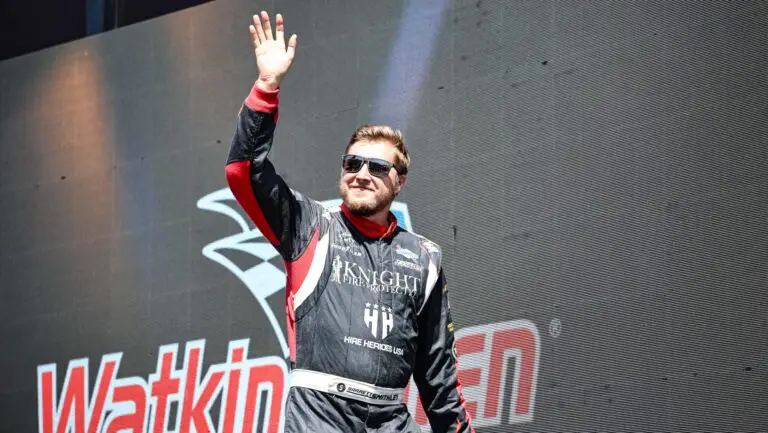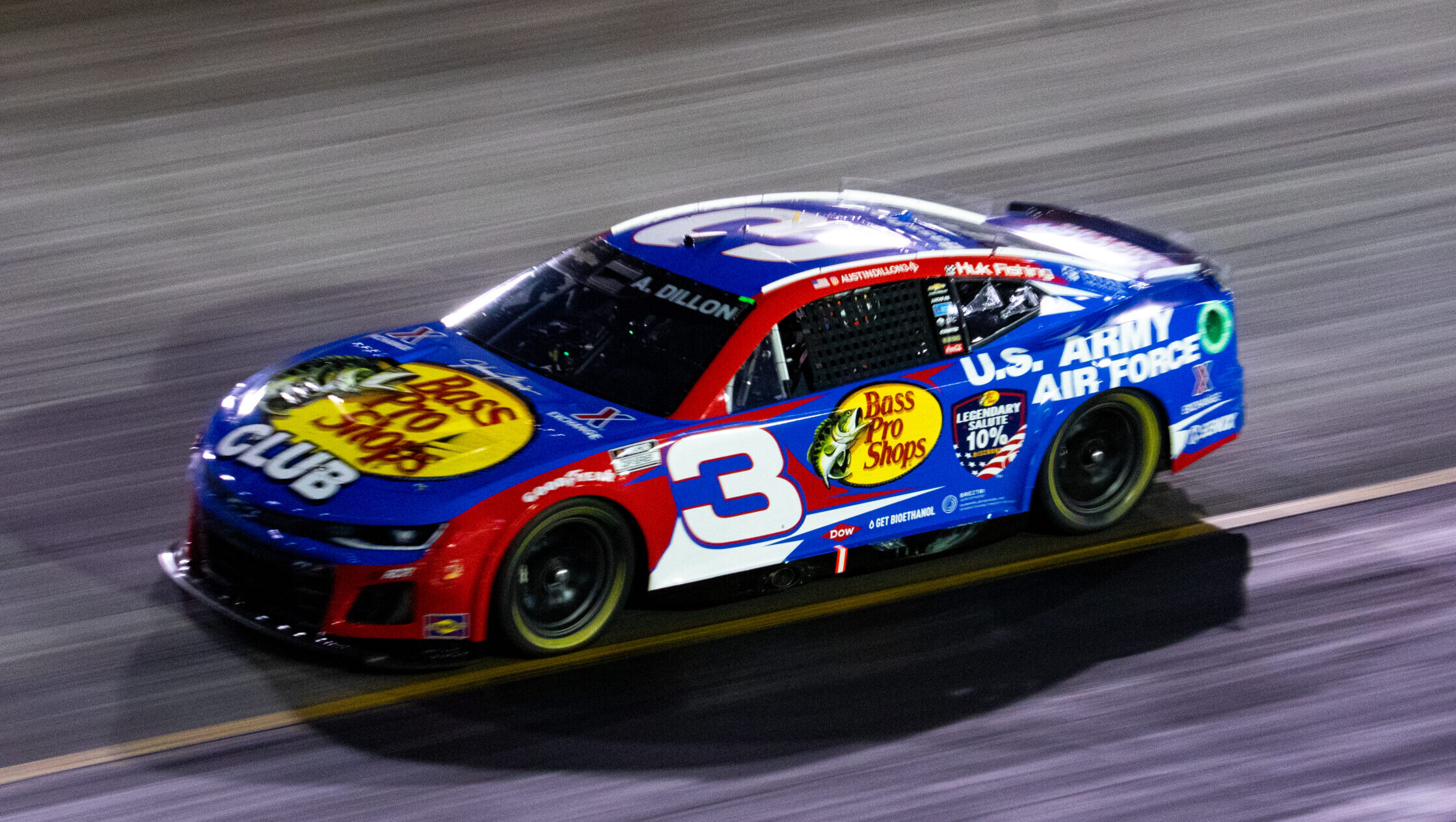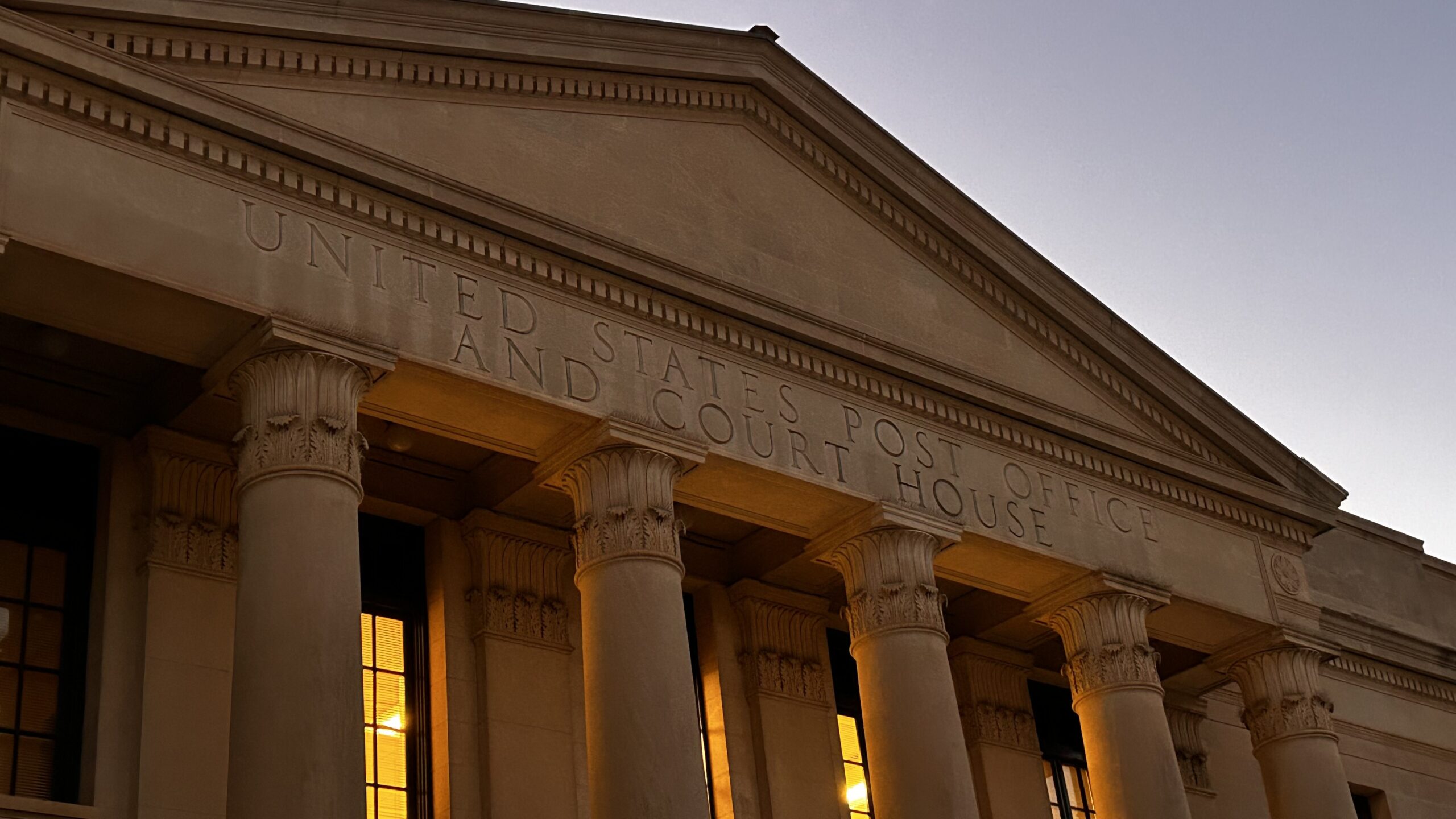
On Wednesday, during a joint press conference involving NASCAR, Bristol Motor Speedway, Speedway Motorsports Inc. and FOX Sports, the format of the heat qualifying races for the upcoming NASCAR Cup Series and NASCAR Camping World Truck Series dirt track events at Bristol Motor Speedway were revealed. As well as several other rules and procedures for the race.
As far as the heat races, NASCAR will break the entries into four separate qualifying heat races, which will be 15 laps each.
The starting lineups for the Heat Races will be set by way of a random draw. The teams will draw for position in order of current owner points.
In the heat races, only green flag laps will count and there will be no overtime. Free passes and wave around procedures, as on normal race weekends, will still be in effect.
The way the starting field will be set for the first NASCAR Cup Series dirt race since 1970, will be a combination of heat race finish and passing points.
Every position a driver gains in their heat event, they will accrue one point. If a driver finishes lower than where they started, they will not have negative passing points, instead they’ll be scored with zero passing points.
The top 10 finishers in each heat race will be awarded points on a 10 to 1 scale, with 10 points going to the winner of the heat and one point going to the 10th-place driver in the heat.
The feature event’s starting lineup will be constructed by way of point totals from these formulas. Any ties in points will be broken by owner points, and in the NASCAR Cup Series, all 36 Charter teams will make the field. There will be four open spots in the 40-car field that are up for grabs in the NCS event.
“… really what we wanted to do for this event was kind of get back to the roots of dirt track racing, and incorporate some of those elements that are kind of have been ingrained in dirt track racing for a while,” explained Scott Miller, NASCAR’s Senior Vice President of Competition & Competition Administration.
Miller continued, “One of the biggest things there is whittling the field down to the main event and setting the starting lineup via heat races, then with the element of passing points that has been a part of dirt track racing for a while, actually creates a lot of excitement and mixes things up.
“We just wanted to add some elements and setting the lineup for the feature that were from the roots of dirt track racing. That’s kind of where we landed.”
In addition to the qualifying and heat race format, NASCAR also confirmed other important procedures and information about the race weekend.
The NASCAR Cup Series Feature race will be a 250 lap contest, which will be broken up in three Stages. The first two Stages will be 75 laps each and the final Stage will be 150 laps.
For the NASCAR Camping World Truck Series, the race will equal 150 laps total. The first Stage will be 40 laps, Stage 2 will be 50 laps and the final Stage will be 60 laps.
At the end of each Stage, the running order will be frozen.
During the Stage breaks, teams can come to pit road for fuel, tires and adjustments. The stops will not be live pit stops, so no positions will be lost on pit road. However, teams are not required to pit between Stages. If a driver and team opt to stay on the racetrack, they will restart ahead of the teams who did go to pit road.
Miller stated that the decision to remove live pit stops from the race was the only decision the sanctioning body could make — especially in the first year of trying the NASCAR Cup Series on the dirt at Bristol.
“As far as the pit stops go, you will be seeing essentially what you saw at Eldora,” said Miller. “We kind of toyed around with the idea of could we or couldn’t we have pit stops like we normally see every week. Honestly, with dirt cars on a dirty concrete pit road, having pit crews trying to run out there and do all of that, I just don’t think that would have been in our best interest, especially the first time around.”
Teams will not be permitted to take fuel or tires except at the Stage breaks in the race.
If you’re curious about the dirt that was packed onto the concrete surface of the 0.533-mile Bristol Motor Speedway for this event, it was all brought in locally from Tennessee.
“In the dirt world, there’s a gentleman out in California by the nickname of Dr. Dirt. We definitely took a lot of samples. We tested probably 18 different sites of dirt across the local area, naturally trying to find the dirt that was local,” said Steve Swift, Senior Vice President of Operations & Development for Speedway Motorsports, Inc. “One, from a logistics standpoint to try to get it here, and two, knowing there’s a lot of dirt tracks around this area with 150 miles that are great dirt tracks, utilizing that native, red Tennessee clay.
“With that the gentleman out in California analyzed the dirt for us, all the intricates you probably don’t want to know, there’s a lot of science behind dirt, gave us the best three samples. Those are the samples we ended up using for the racetrack.”
The NASCAR Cup Series Dirt Race at Bristol will be run on March 28, 2021 at 3:30 PM ET and will be broadcast on FOX. The NASCAR Camping World Truck Series Dirt Race at Bristol will take place the day before (March 27th) at 8:00 PM ET and will be aired on FS1.















One Response